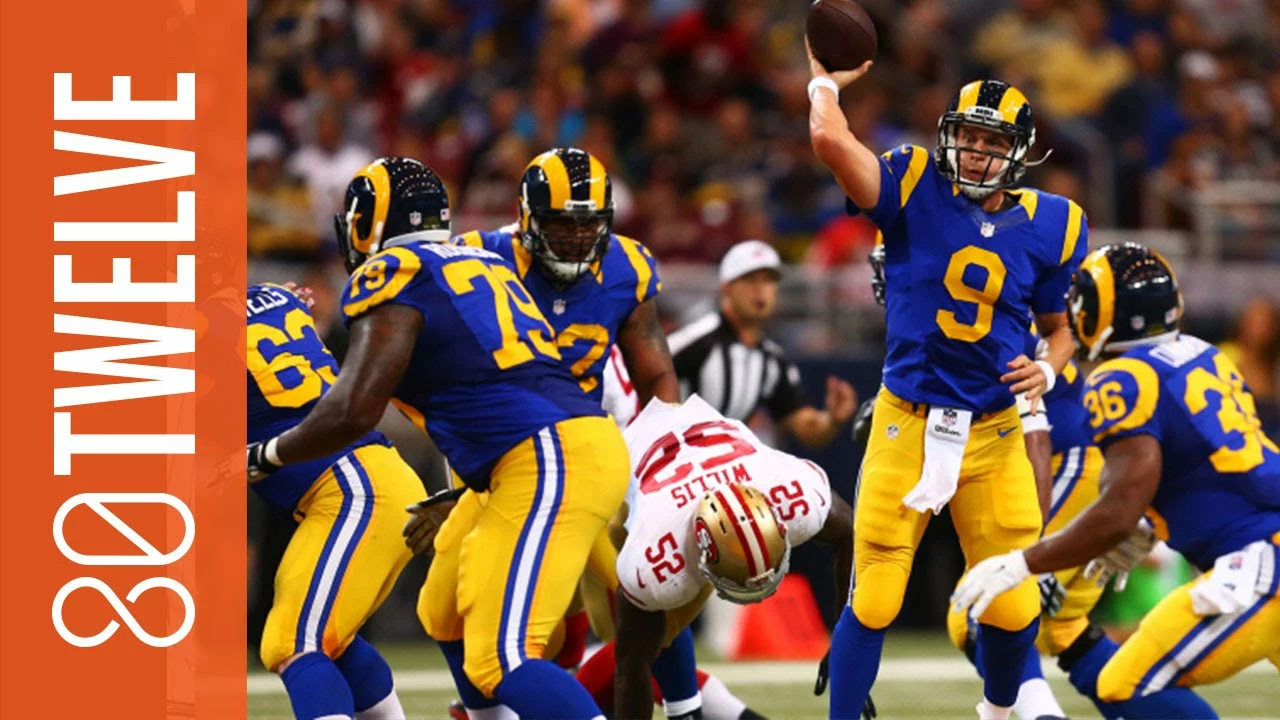Overcrowding in Sports: Risks, Realities, and Solutions
When talking about overcrowding, the condition where too many fans, matches, or demands exceed the safe or practical limits of a venue, schedule, or athlete. Also known as overcapacity, it can turn a thrilling event into a safety headache.
overcrowding shows up most clearly in stadiums, where every seat, exit, and concession stand has a hard limit. In a venue, stadium capacity is the maximum number of spectators a facility can safely hold. When crowds push beyond that number, the flow of people slows, emergency routes get blocked, and staff struggle to keep order. This link between overcrowding and stadium capacity drives clubs to tighten ticket limits, add more stewards, and sometimes redesign entry points.
Another hot spot for overcrowding is the calendar itself. Match scheduling, the process of fitting games, tournaments, and training sessions into a limited time frame often crams teams into back‑to‑back fixtures. When leagues stack dozens of matches in a few weeks, the schedule becomes a bottleneck that forces clubs to play mid‑week, travel overnight, and skip recovery days. This scheduling congestion directly fuels player fatigue and raises injury odds.
Player fatigue is the human side of the overcrowding equation. Player fatigue, the physical and mental exhaustion that builds up when athletes don’t get enough rest between exertions, reduces speed, weakens decision‑making, and makes muscles more vulnerable to strain. Studies from sports medicine units show that teams playing three games in ten days see a 15% rise in soft‑tissue injuries. So, overcrowding on the calendar translates into real pain on the pitch.
Fans themselves add another layer of pressure through ticket demand. When a high‑profile match sells out weeks in advance, secondary markets inflate prices and draw more people to the stadium than originally planned. This surge in demand pushes ticketing platforms to release extra seats, sometimes ignoring safety buffers. The result is higher crowd density, longer queues, and an environment where a small mishap can quickly become a larger incident.
It isn’t just the physical space that feels the strain—broadcast crews also battle overcrowding of content. Media outlets scramble to cover multiple games simultaneously, leading to rushed commentary, technical glitches, and reduced production quality. When coverage teams stretch thin, the viewer experience suffers, and fans miss out on the insights that make sports exciting.
Managing Overcrowding: What Clubs Can Do
Club management has a toolbox for taming overcrowding. First, they can adopt staggered kick‑off times to spread fan arrival and departure. Second, investing in crowd‑flow technology—like real‑time entry sensors—helps staff adjust gate openings on the fly. Third, rotating squad members and using sports science to monitor recovery can ease the match‑schedule bottleneck and protect players from fatigue‑related injuries. Finally, transparent ticket policies that cap resale prices keep demand in check and preserve a safe environment for everyone.
All these pieces—stadium capacity limits, smarter scheduling, player welfare protocols, and responsible ticketing—work together to keep the sport vibrant without letting crowds get out of hand. Below you’ll find a curated set of stories that dig into each of these angles, from real‑world kit launches battling supply shortages to clubs dealing with injury spikes after packed weeks. Dive in to see how the sports world is handling the pressure of overcrowding and what you can take away for your own game‑day experience.
Are there now too many professional sport team in Los Angeles?
Los Angeles is home to many professional sports teams, including the Lakers, Dodgers, Rams, and Chargers. However, with the influx of new teams in recent years, such as the LAFC, LA Galaxy, and LA Sparks, the city is becoming saturated with sports teams. While this may seem like a good thing for sports fans, it could also be a burden on the area's resources. The growing number of teams in Los Angeles could lead to higher ticket prices, fewer parking spots, and an overall strain on the local infrastructure. Ultimately, the decision of whether or not there are now too many professional sport teams in Los Angeles is up to the city and its residents.





